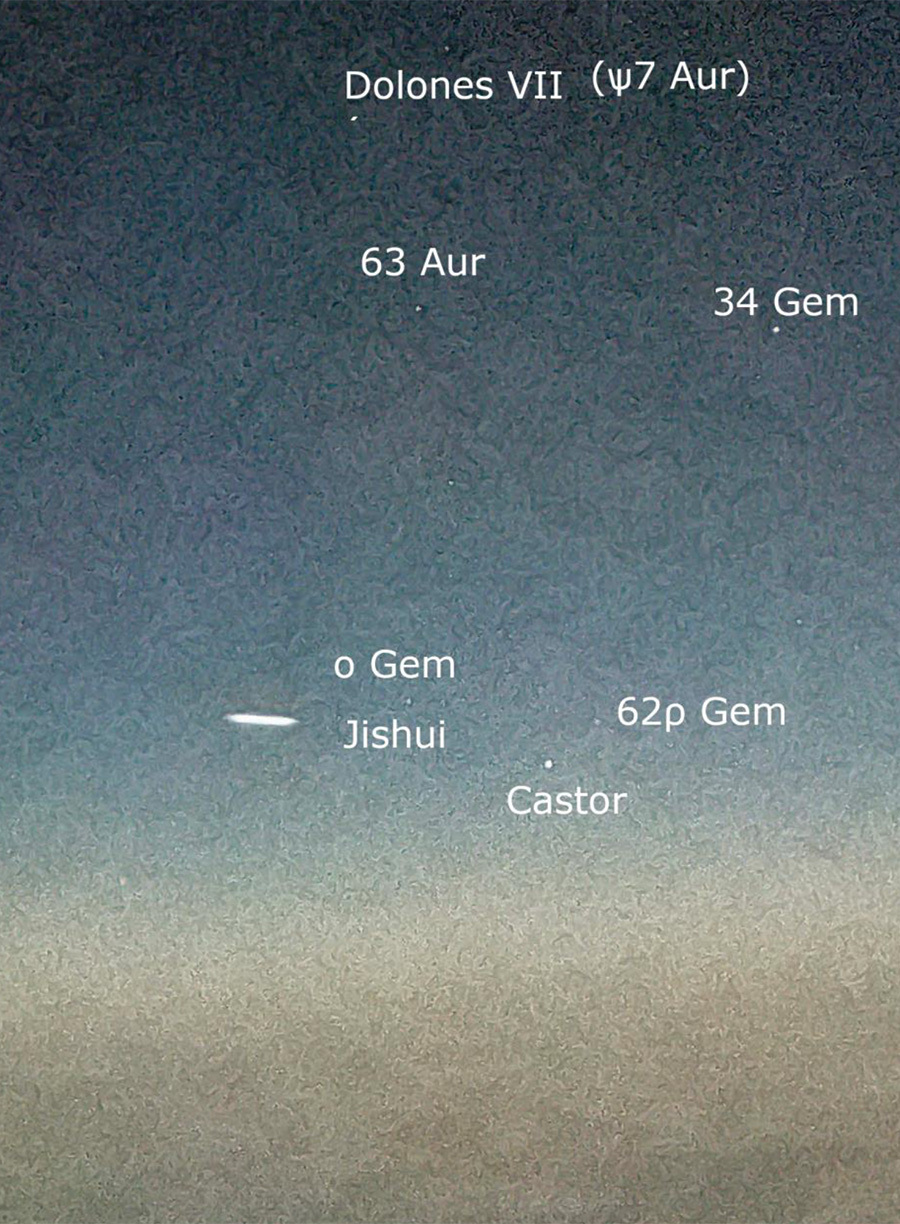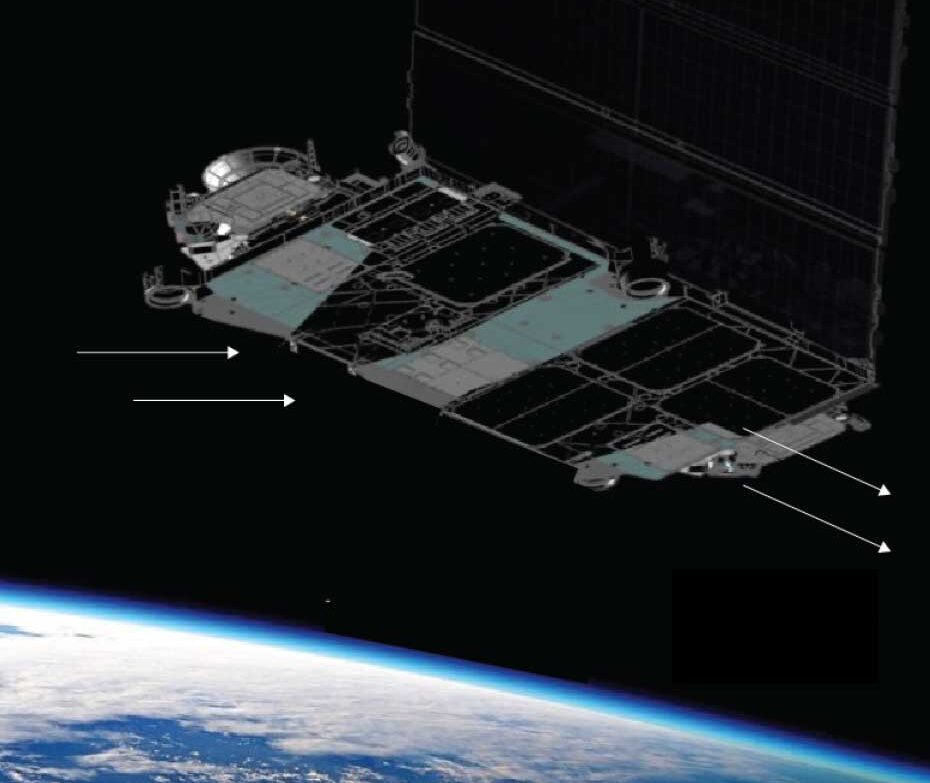11.06.2024
Under the right conditions, Starlink satellites can flare as brightly as Venus.

This composite image captured by photographer Jeff Warner in Wayne County, Utah, captures 17 minutes of intense flaring in the pre-dawn hours, predominantly from Starlink satellites.
Satellite flares are eye-catching phenomena that have become a familiar sight for a growing number of sky watchers as SpaceX continues to launch dozens of Starlink satellites at a time. Some observers enjoy the novelty of these flares and like seeing them, while some are simply confused by their appearance. Others despair that these flares interfere with their appreciation of the night sky.
There are more practical concerns as well. The flare from numerous Starlink satellites, launched by SpaceX to provide broadband internet, can fool airline pilots and might even cause a risk for aviation safety.
Douglas Buettner (University of Utah) led a study, presented at the 4th IAA Conference on Space Situational Awareness, that examined a case of five pilots in two commercial aircraft flying trans-Pacific routes who saw several bright moving objects. The pilots took two cell phone photos and a video While the pilots reported these objects as “unidentified aerial phenomena,” Buettner and his colleagues used aircraft flight data as well as satellite ephemerides to identify these objects as part of a closely spaced train of Starlink satellites, launched earlier that day.

In this image, showing detail from a pilot’s photograph, the elongated object is a train of closely spaced Starlink satellites. Buettner and colleagues identified the background stars using the publicly available astrometry.net software package.
Buettner et al. 2024
Buettner’s team measured the brightness of the Starlink satellites in the photographs using SAOImage DS9 image-analysis software. Using the star Castor as a luminosity reference, they found the elongated object to be magnitude –4 — as bright as Venus. Such a bright light, if not identified correctly, could be misinterpreted as a nearby plane.
Meanwhile, retired astronomer Richard Cole had developed a numerical model to predict the brightness of Starlink satellites and, based on that model, had predicted that under certain conditions the Earth-facing side of the Starlink chassis would reflect a mirror-like image of the Sun to observers on the ground. Observers would see this brief enhancement as a flare.
When Buettner’s study appeared, I was collecting brightness measurements to verify Cole’s model. I saw satellites flaring as brightly as magnitude –2, equivalent to another Jupiter in the sky. Later analysis revealed that observers in high-flying aircraft might see even brighter flares.
Cole’s model can account for the brightness of the pilots’ reports, because the aircraft, the satellites, and the Sun were in exactly the right configuration, as we report in a study posted on the arXiv.

Sunlight reflects from the dielectric coating on the nadir side of a Starlink chassis. The coating is effective at mitigating brightness when spacecraft are overhead and sunlight is reflected into space.
Starlink
It’s easy to see bright Starlink flares for yourself. Geometry requires that the Sun be about 25° to 30° below the horizon and that the Starlink satellites be 5° to 10° above the horizon. Flares may become visible in other circumstances, too, but they are usually not as bright. S&T Contributing Editor Bob King reported last November that a group of amateur astronomers had observed Starlink flares from Oklahoma.
Photographer Jeff Warner first captured such Starlink flares in April 2023. He has since been photographing them throughout the year from Utah and Colorado and has documented significant seasonal changes in their brightness.
Warner has also observed that the flaring occurs primarily in one kind of Starlink orbital shell: those that are inclined at 53° to Earth’s equator. Those shells currently make up the bulk of the satellite constellation. As additional orbital shells are populated, Warner believes that the flaring phenomenon may become visible from more southerly latitudes — potentially increasing the number of pilot reports in the future.

Earth's shadow is outlined in satellite flares, reflections from satellites within the Starlink constellation's 53°-inclination orbital shell. Captured on May 6–7 from San Juan County, the composite image spans four hours. The center of the lower, convex arc scribed by the flaring shows the farthest northward reach of these spacecraft; these satellites were soaring at 540 km above Edmonton in Alberta, Canada, more than 1,000 miles to the north.
Jeff Warner
The research that Cole and I are conducting contributes to a worldwide effort to address the impact of satellite constellations. These efforts are coordinated by the International Astronomical Union’s Centre for the Protection of Dark and Quiet Skies from Satellite Constellation Interference.
Quelle: Sky&Telescope
